By Sarhind Times Diplomatic & Strategic Affairs Desk | New Delhi / Brasília | October 20 2025
Summary
India and Brazil have elevated their bilateral relationship into a full-blown strategic alliance, covering trade, defence, technology, energy, and global governance. With both nations seeking greater influence in the Global South, the pact signals a coordinated push to reshape trade linkages, unlock industrial cooperation and enhance sovereignty in new areas.
A New Era in South-South Partnership
In a remarkable show of alignment, Brazil’s President Luiz Inácio Lula da Silva recently declared that India is “an exceptional partner” and pledged to build a “strategic alliance” with New Delhi to boost both economies. Meanwhile, on the economic front, India’s Commerce Minister Piyush Goyal and Brazil’s Vice-President Geraldo Alckmin agreed during a business dialogue in New Delhi to expand their Preferential Trade Agreement (PTA) and set an ambitious bilateral trade target of US$ 20 billion by 2030 (up from ~US$ 12 billion in 2024). At the same time, notable aerospace and defence cooperation has emerged: Brazil’s Embraer Defense & Security and India’s Mahindra Group signed a Strategic Cooperation Agreement to jointly promote the C-390 Millennium transport aircraft for the Indian Air Force. On the defence front, India has offered its indigenous Akash air–defence missile system to Brazil, signalling willingness to co-develop and co-produce high-value military platforms. Taken together, these developments point to a multi-layered partnership far beyond normal diplomatic niceties.
What’s Driving the Surge?
Several factors converge to make this alliance timely and potent:
- Shared strategic challenge of US tariffs and supply-chain disruption: Both India and Brazil have faced punitive measures and protection-ist pressures from major economies; aligning trade and industrial policy offers a buffer.
- Growing Global South ambition: Brazil is chairing major blocs such as BRICS in 2025, while India is gearing up to host regional summits. Cooperation amplifies both countries’ voice in global governance.
- Complementary industrial strengths: Brazil brings agricultural commodities, aerospace/defence manufacturing and bio-fuel know-how; India brings digital economy, pharmaceuticals and defence supply-chains.
- Diversification of markets: India is eager to deepen access into South-American markets via Brazil and the Mercosur trade bloc, while Brazil views India as a gateway to Asia.
Key Pillars of the Partnership
1. Trade & Economic Integration
Under the expanded PTA framework, the two sides envision a leap from ~US$ 12 billion in bilateral trade to US$ 20 billion by 2030. Specific measures under discussion include: tariff-reductions in sectors such as agro-commodities (like pulses, sugar, ethanol), digital services, pharmaceuticals and defence equipment; a Business Leaders Forum; and a ‘Green Corridor’ for sustainable investments.
Importantly, India is also engaging Brazil’s Mercosur partners—Argentina, Uruguay and Paraguay—with the aim of creating a broader Asia-Latin America link-up.
2. Defence & Aerospace Cooperation
The Embraer–Mahindra deal to promote the C-390 reflects shared ambition: Brazil has matured aerospace capabilities; India has the ‘Make in India’ imperative and a large defence-modernisation programme.
India’s offer of the Akash missile system for Brazil marks a major step: indigenous Indian defence hardware offered for export and co-production emphasises mutual trust and technology sharing.
These moves lay the foundation for possible collaboration in UAVs, satellite systems, and space exploration—areas where Brazil and India have complementary capacities.
3. Technology, Digital Economy & Critical Minerals
Technology cooperation spans digitalisation, fintech, healthtech, space, AI and critical-minerals value-chains. Brazil’s focus on bio-fuels and India’s push for battery value-chains presents another synergy. A recent project saw an Indian company undertaking a lithium-refinery project in Brazil, underlining how minerals from Brazil link to India’s clean-energy goals.
AI governance and digital infrastructure are also on the agenda, as both countries want to shape standards and avoid being passive recipients of technology norms.
4. Energy, Agriculture & Sustainability
Brazil’s leadership in bio-fuels, ethanol and tropical agriculture meets India’s agrarian-economy imperatives and energy-transition plans. Discussions are underway for agriculture-tech transfer, climate resilience, and co-production of sustainable agriculture inputs. Documents indicate joint efforts on Brazil’s plan at COP30 to push bio-fuels globally—a potential node for India’s green-growth strategy.
5. Global Governance & South-South Leadership
Both nations want to shift the axis of partnerships away from purely North-led frameworks. Through BRICS, IBSA and G20 mechanisms, India and Brazil seek to reshape global norms on trade, finance, AI, climate and development. The alliance amplifies their bargaining power on issues such as reform of UN agencies, local-currency settlement and global-south development financing.
Impact and Implications
On India’s Foreign and Industrial Policy
- Diversification of trade-partners: A stronger Brazil link reduces India’s dependence on traditional markets (US, Europe) and opens Latin-America.
- Boost to ‘Atmanirbhar Bharat’: Cooperation in defence and aerospace means advanced manufacturing and technology transfer.
- Supply-chain resilience: Critical-minerals linkages and alternative production hubs in Latin-America reduce exposure to China-centric supply-chains.
- Soft-power gains: A visible alliance with Brasilia enhances India’s stature among emerging economies.
On Brazil’s Agenda
- Access to Indian market: With 1.4 billion+ population, India offers export potential for Brazilian agriculture, bio-fuels, services and defence equipment.
- Technological leap-frogging: Indian tech use-cases in digital governance, start-ups and defence manufacturing benefit Brazil.
- Global-South leadership: A closer India-Brazil tie strengthens Brazil’s position in BRICS and multilateral fora.
Challenges & Risks
- Geographic and logistical distance: India and Brazil are hemispherically apart; logistical cost and time-zones remain obstacles.
- Tariff and regulatory divergence: Expansion of PTAs and supply-chains will depend on alignments of differing standards, labour laws and regulations.
- Competing alliances: Brazil’s commitments to Mercosur and other Latin-American forums may complicate full alignment with India’s Indo-Pacific focus.
- Implementation risks: Grand statements of US$ 20 billion trade target may falter absent structural reforms in both economies.
What To Watch Next
- Finalisation of the expanded PTA and details of tariff-lines opened.
- Defence co-production agreements beyond the initial C-390 & Akash deals — potentially in aircraft, UAVs, satellites.
- Launch of a India-Brazil Business Leaders Forum and first annual summit.
- Set-up of Brazil-based manufacturing/assembly hubs for India-bound exports (and vice-versa).
- Joint positioning at COP30, BRICS AI governance and South-South financial mechanisms.
Editorial Perspective
The India-Brazil alliance unfolds at a time when global power structures are in flux. What makes it significant is not the size of the deals (yet) but the breadth — from trade to defence, from minerals to digital. For India, it marks a shift: forging deep ties beyond the neighbourhood, stepping into the southern hemisphere with ambition. For Brazil, it offers a chance to tap India’s growth story and advance its own.
If implemented effectively, this partnership may become a template for rising economies building horizontal, not hierarchical, alliances: peer-to-peer, mutual-gain, developing-country solidarity. But the real test lies not in announcements but in execution — supply-chains built, factories opened, contracts delivered.
As India and Brazil move from handshake to handshake-off, the world watches not only the deal-size but the trust built in between.
#IndiaBrazil #StrategicPartnership #GlobalSouth #TradeDeal #DefenceCooperation #TechnologyTransfer #AtmanirbharBharat #EmergingEconomies #SarhindTimes


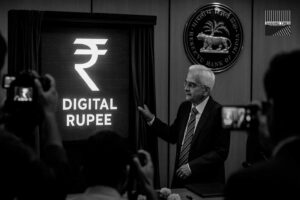
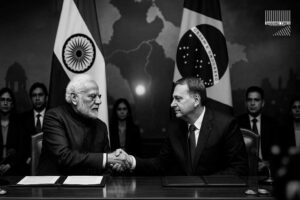







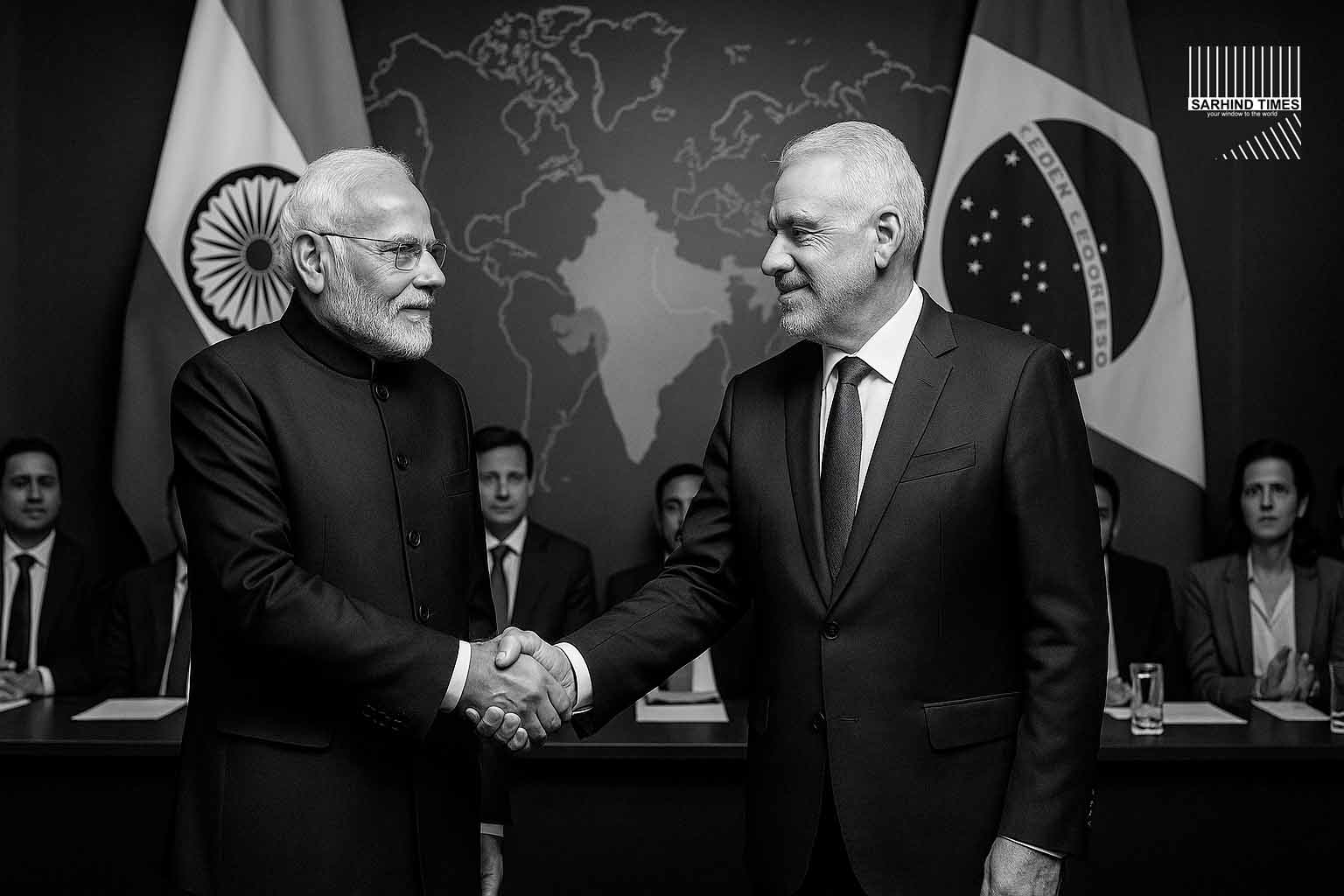
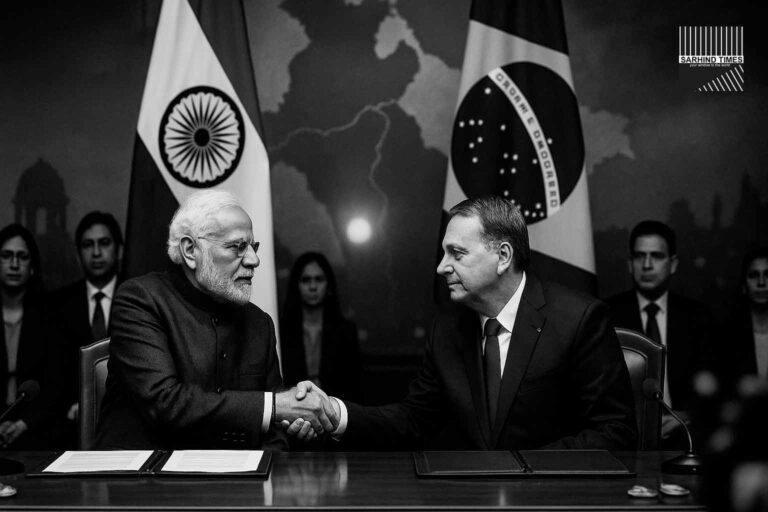
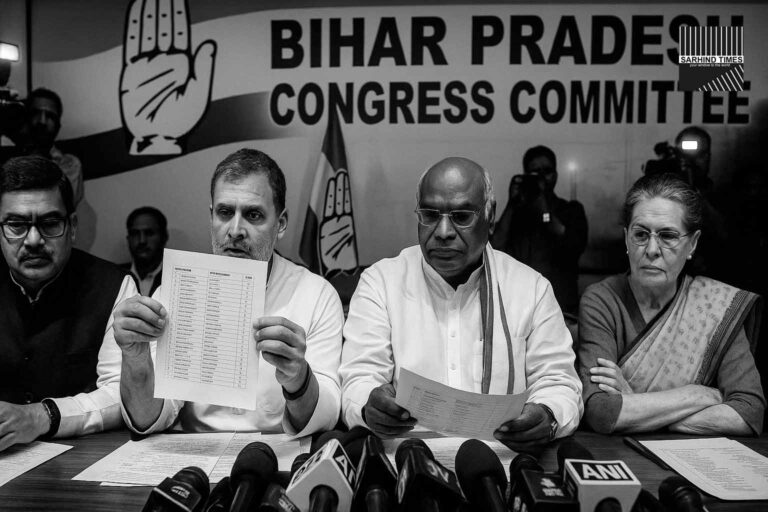



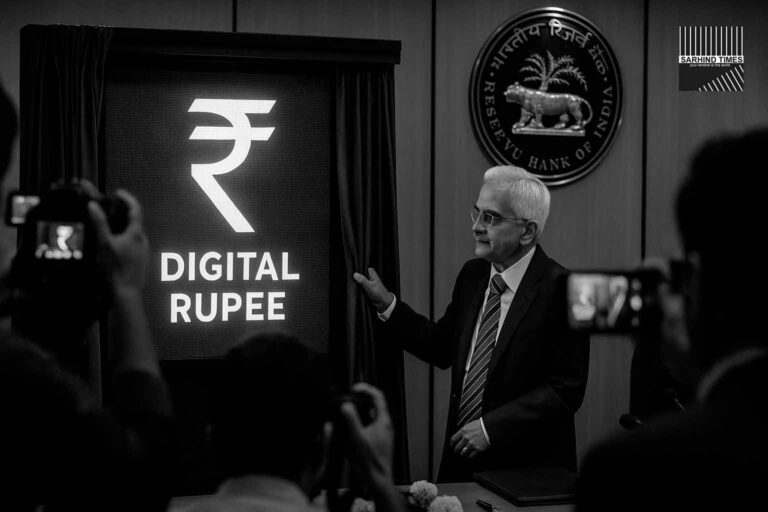






+ There are no comments
Add yours